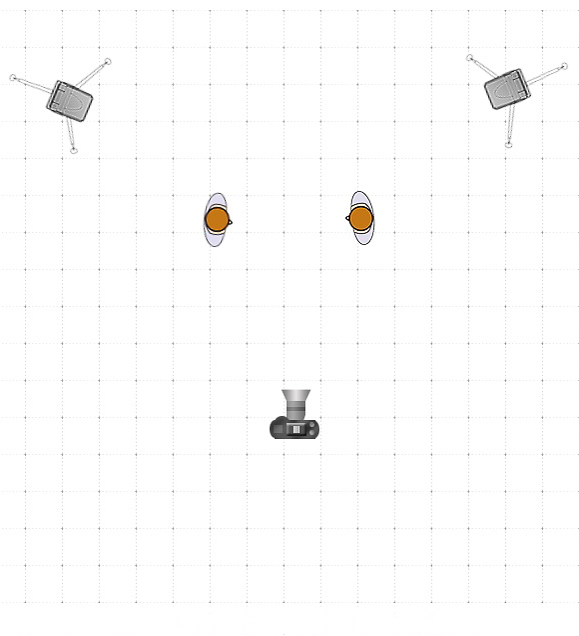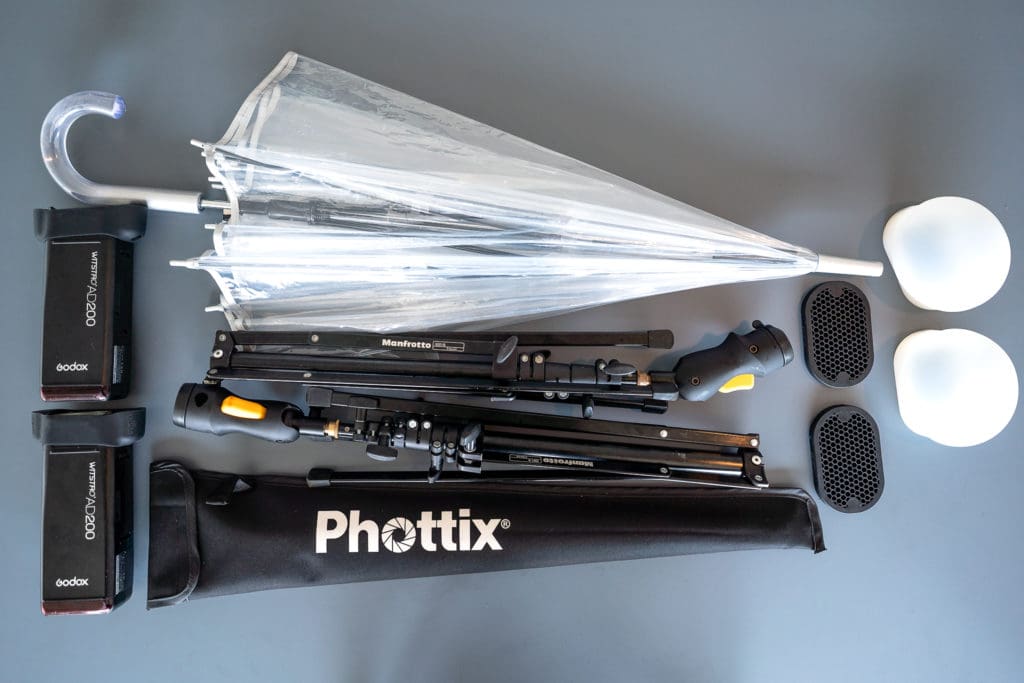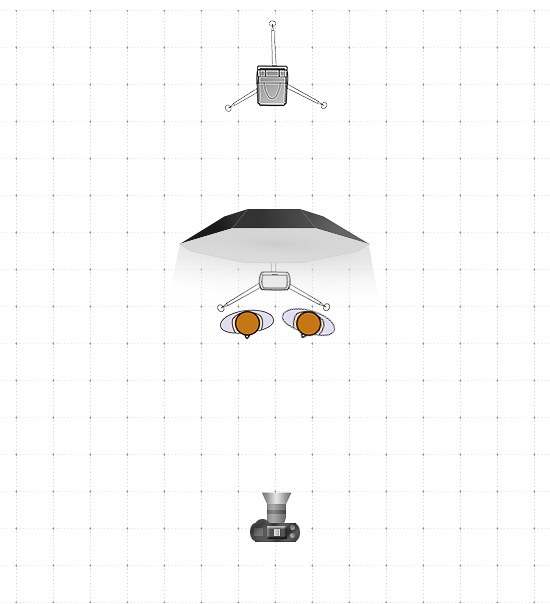Tips + Techniques
As a wedding photographer, I am faced with a lot of challenges, including shooting portraits in the rain or including champagne sprays in my coverage. I always try to capture these moments as creatively as possible to leave my couples stunned. Having to freeze rain or liquids with off-camera flash (OCF) has become easier for me over time. Here, I share two of my methods for lighting up and freezing situations for impactful wedding and engagement portraits.


The Gear
The first step is to have the right lighting and equipment. For my flashes, I use Godox AD200’s and for my modifiers on flash, I use MagMod grids or spheres. The modifiers I will use depends on the scene and my creative direction. If I want to spread light evenly I’ll use spheres, but if I want to limit the light for more drama I’ll use the grids. I carry umbrellas with me on all my shoots in case mother nature shows up. Typically I’ll buy these cheap clear umbrellas (below) from Target and have them in my car at all times. My secret weapon for how I like to shoot couples in the rain is a small black Phottix umbrella (the the underbelly is white).



Freezing the Rain
You can photograph and freeze rain at any time of the day as long as you have enough flash power and you pick your locations wisely. That being said, I get the best results when I pick a location where the background is dark. This could be in the form of shade, street alleys or, of course, night-time when everything is dark. My favorite way to light in the rain is to backlight my subjects with a single flash placed anywhere from 8 to 15 feet behind them and aimed up towards my subjects’ upper torsos. This will allow the light from the flash to illuminate all drops around your subjects and in the sky, freezing them for some interesting shots (shown below).



Adding an Additional Light
The only thing that I’m changing from the shoots above for the next series of portraits is that now I’m adding an additional light and making sure my couples are holding the Phottix umbrella with the white under belly. As soon as I have my couples lined up where I want them, I add my backlight, then have them hold the Phottix umbrella and place the new light right behind them (the light stand will literally be touching their legs). I aim this light straight up so that it hits the white under belly of the umbrella, and that light reflects back down, lighting my couple with nice soft light. I love this setup the most, as it results in an epic image feel from the frozen rain action, but it also lights my couple with a pop of light so that they really stand out (as shown below).




Keeping Dry
I like to cover my lights with big storage bags to keep them dry during these shoots—I use Ziploc freezer bags. You also need to make sure you keep for your camera and lenses dry. Even though professional camera bodies have weather sealing for the most part, there are no guarantees for making sure you don’t damage your equipment. When I first started shooting in the rain, I would simply have my assistant cover me with an umbrella and move it when I moved. Recently, though, I bought the Think Tank Photo Emergency Rain Cover and I prefer using this over having an assistant use an umbrella. The camera cover has a clear window to allow you to still see your LCD screen and viewfinder, as well as an opening that you can tighten with velcro around the barrel of the lens. So there you have it—protect your gear and get out there having fun shooting in the rain.
Scott Stockton is a Charlotte, North Carolina-based wedding photographer who will do anything to get the best shot for his couples, including getting in streams, lakes, downpours and more!





